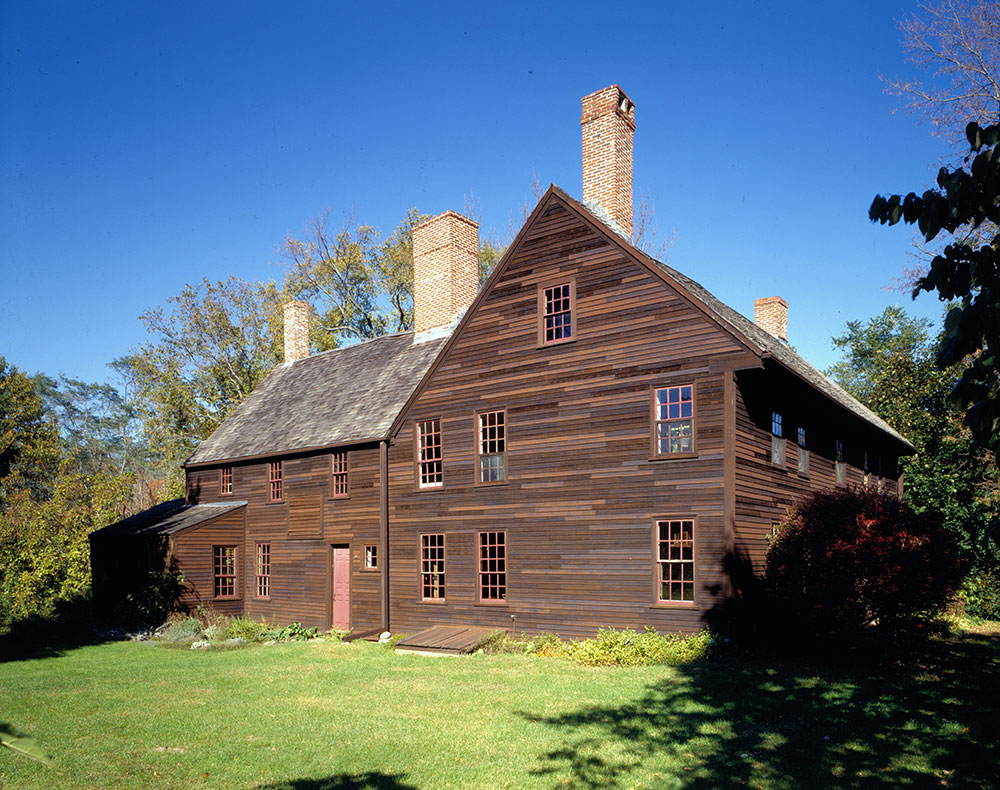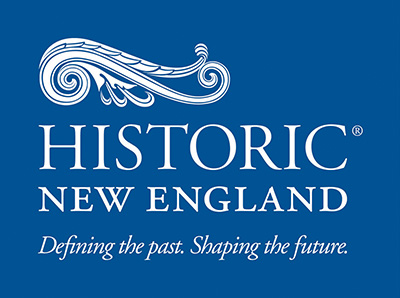Expert Home Advice | June 2016
House care answers from the largest heritage organization in the country. My 18th-century house has a bake oven in the kitchen hearth that I would like to be able to use. Is this safe? -Jenn F., Newport, RI By the mid-18th century, the standard bake oven in a kitchen hearth had moved from the back […]
House care answers from the largest heritage organization in the country.

Photo Credit : Courtesy of Historic New England
My 18th-century house has a bake oven in the kitchen hearth that I would like to be able to use. Is this safe? -Jenn F., Newport, RI
By the mid-18th century, the standard bake oven in a kitchen hearth had moved from the back of the fireplace to the side, outside of the main hearth opening, and had a distinctive beehive shape. Since using the oven requires building a small fire, letting it burn down, and then raking out or pushing the coals to one side, you must be certain the oven structure is stable, and has no gaps, missing mortar or parging. The best way to make sure the oven structure is sound is to hire a preservation mason to check the whole stack. If you can’t be sure that your bake oven is in good condition, don’t risk using it just to check out a new pizza recipe. When in doubt, order out!
 Sally Zimmerman,
Senior Preservation Services Manager
Sally Zimmerman,
Senior Preservation Services Manager
***
Is it appropriate for my 18th-century house to have exterior window shutters? -Rachel K., Lexington, MA
During the 18th century, solid or paneled interior window shutters were fairly common and used for security, and to keep light and drafts out of the house. Exterior shutters were less common and primarily used for security. By the end of the 18th century and throughout the 19th century louvered exterior shutters became commonplace and were used for keeping out light while allowing for ventilation in warm weather. Exterior shutters are an important design element, even if they were added to your 18th-century home after its construction. If you decide to remove your exterior window shutters they should be retained and stored on your property in the event a future owner decides to re-install them.
 Joe Cornish,
Supervising Preservation Services Manager
Joe Cornish,
Supervising Preservation Services Manager
***
I noticed some very ornate stairways and landings in historic buildings where the balusters have three separate patterns of turning that repeat in regular succession. Is that design feature associated with a particular period or region? -Janet G., Portland, ME
This form of embellishment represented the highest level of staircase finish in Georgian period houses of the mid-18th century, and thus was widely emulated in the Colonial Revival period at the end of the 19th century and into the early 20th century where it was used on new staircases. Such intricate turning work would have been a costly detail, especially in the 18th century, when the work had to be done largely by hand, requiring a great deal of skill. While by the Colonial Revival period this type of turning would have been more readily produced with less hand labor, it would still have reflected a premium.
 Sally Zimmerman,
Senior Preservation Services Manager
Sally Zimmerman,
Senior Preservation Services Manager
***
Got a question about an old house you need answered? Submit your questions to Historic New England at:Plus@YankeePub.com.
Historic New England is the oldest, largest, and most comprehensive regional heritage organization in the nation. Historic New England shares the region’s history through vast collections, publications, programs, museum properties, archives, and stories that document more than 400 years of life in New England. For more information visit: HistoricNewEngland.org.



